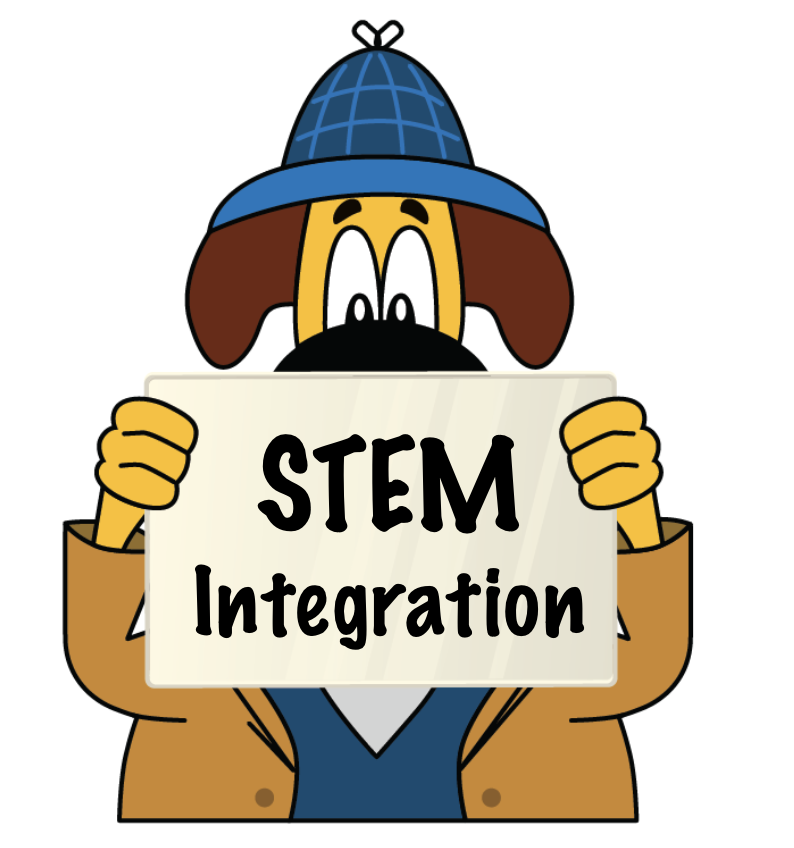
Adding STEM Activities
Beginning to teach STEM in your classroom can be a little overwhelming. Although there are literally thousands of STEM lessons and activities available to use in your classroom, you still need an overall plan as to first steps and exactly how STEM lessons can fit into your day. The typical school day is already jam packed, so adding STEM into your curriculum has to be done in a way that’s not an add-on but rather an integration into what you are already doing.
Practical STEM Integration
STEM lessons can be integrated into your curriculum as an enrichment or extension to what you are already doing; or can be a total integration and spread across the entire curriculum. Here are a few ways that we have integrated STEM.
Instead of using the typical practice worksheet that you usually have your students practice a concept with, try adding an engineering component. For example:
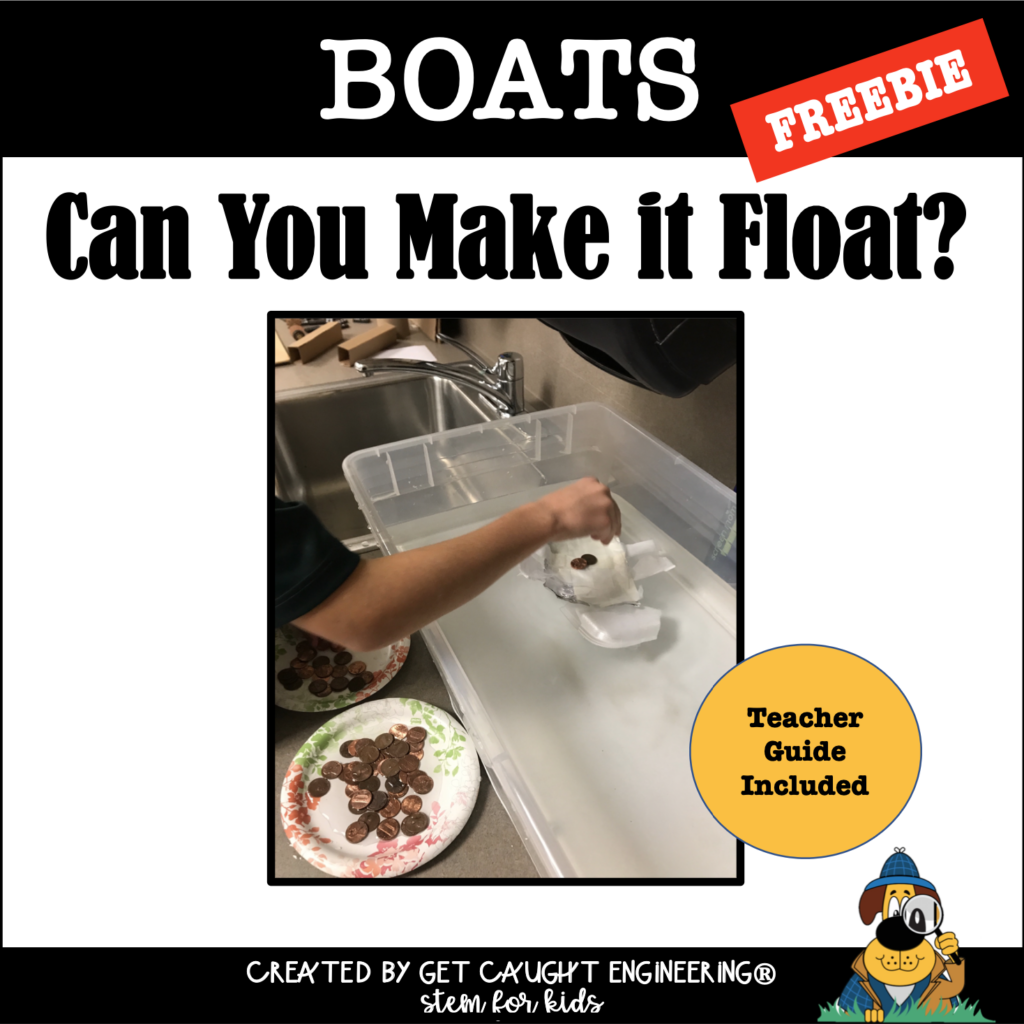
- Sink or Float – rather than have the students test if an object will sink or float, challenge your students to design a boat, using several materials that can hold a certain number of pennies. They will be testing the materials, discovering what sinks and what floats - and drawing conclusions while building their boat.
- Volume – challenge students to build a box with a certain volume. Once successful, challenge them to build a second box of the same volume using different face sizes. An activity like this creates much more interest in the concept than solving a worksheet.
If you typically have your students complete a culminating project at the end of a unit, be sure to add a STEM component. For example:
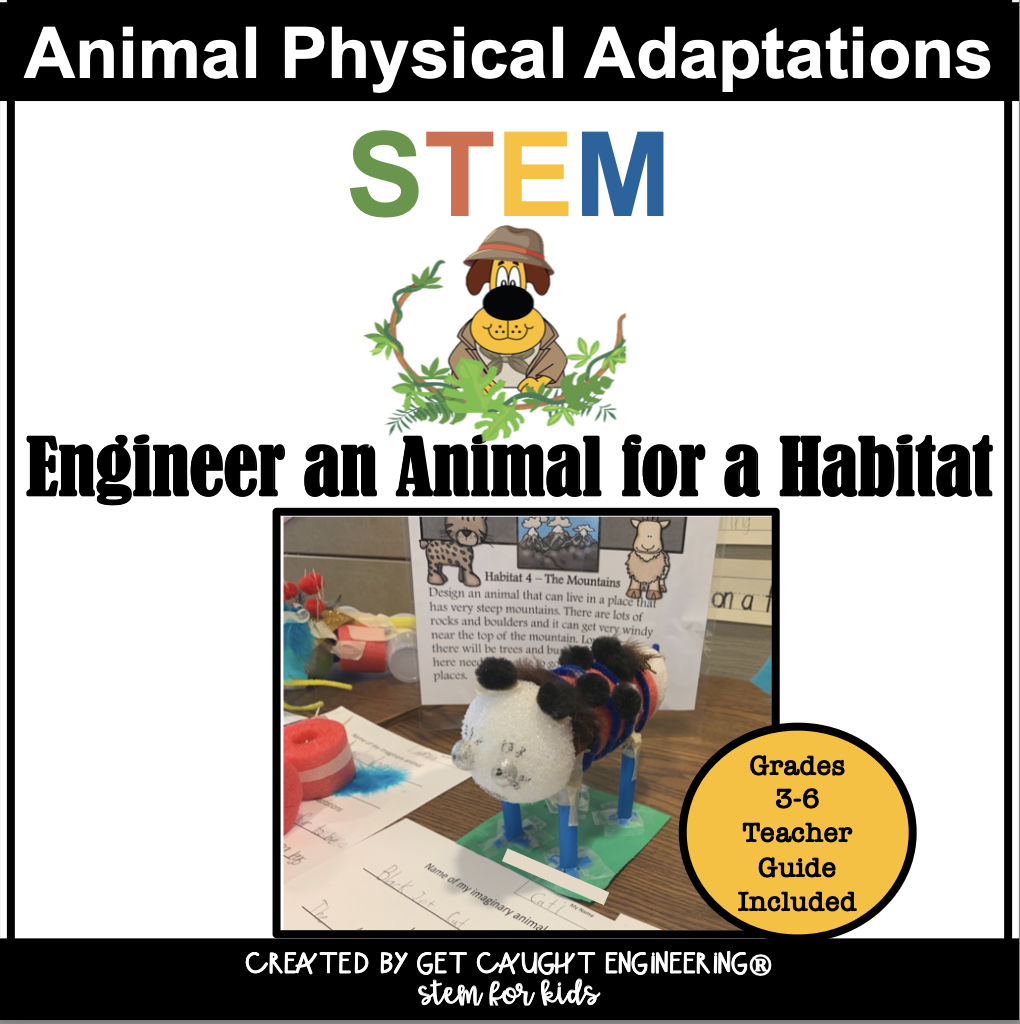
- Animal adaptations - challenge your students to create a brand new animal that could survive in a particular habitat. Not only do they need to justify its survival by demonstrating how it would get food, shelter and water, but require that the animal created has some sort of movement.
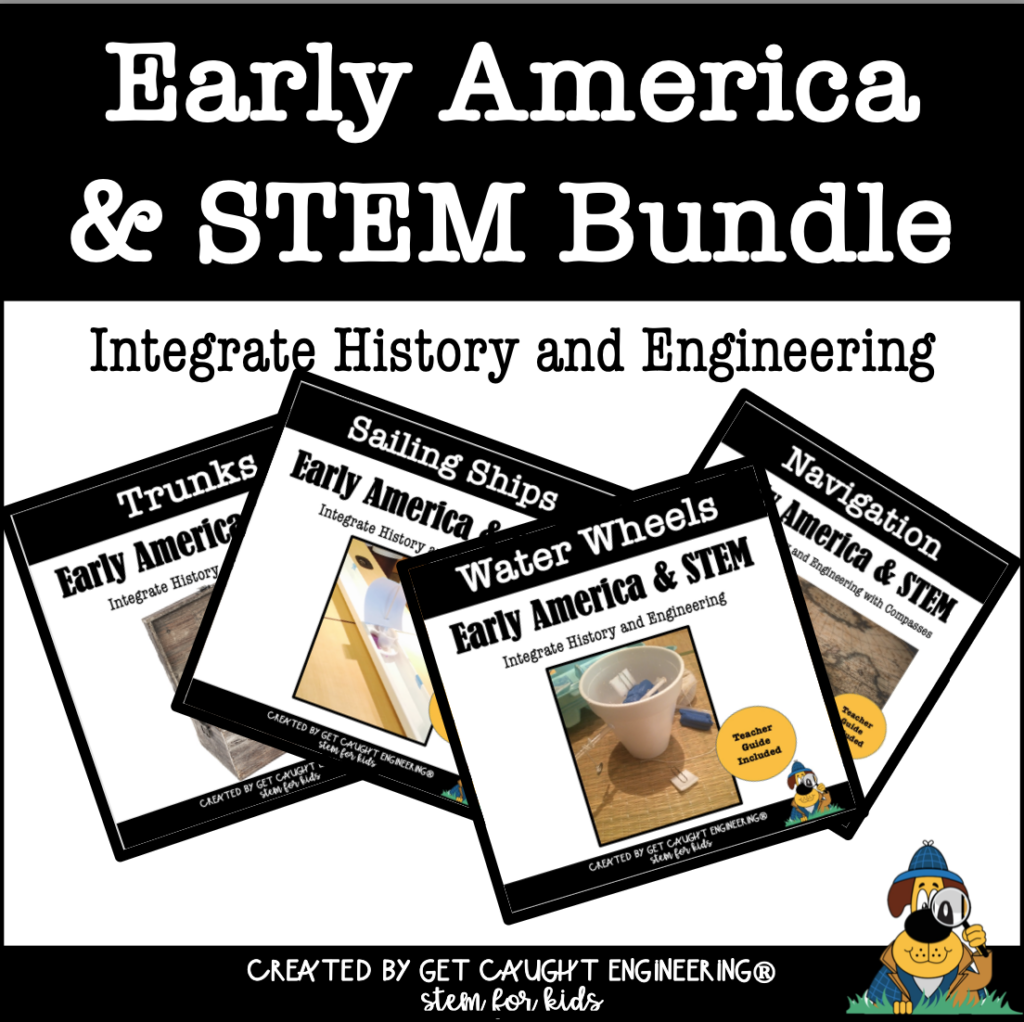
- History twists – after studying western expansion, students could recreate one of the inventions from that time such as the water wheel. We find this type of activity gives the students a greater understanding of the challenges faced by early settlers.
These are all just a few ideas to add that STEM twist into what you are already doing in your classroom.
Spread STEM Across Subjects
Assigning a larger, more integrated STEM challenge requires more time allotted to the project. The big question is how can you fit it into your day? We suggest you use the Engineering Design process as your guide to doing this.
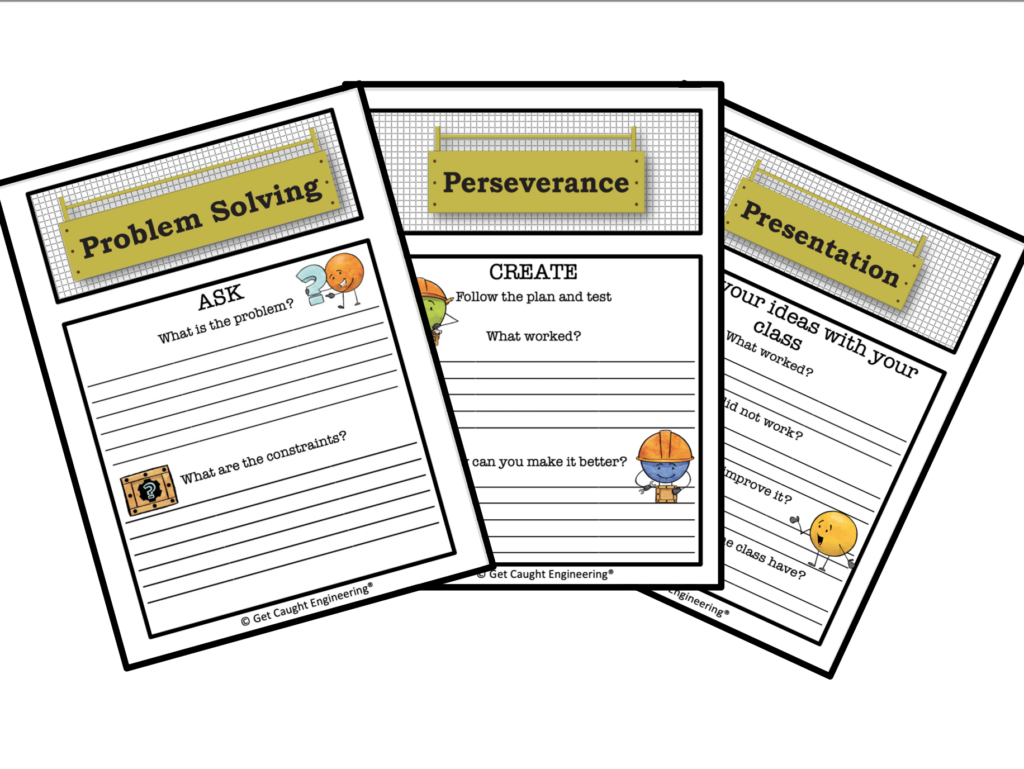
If you look at the different parts of the EDP, there is a lot of communication, both oral and written, throughout a project. Therefore, have the students complete the first several steps of the challenge as well as any descriptions and reflections at the end in Language Arts:
- Oral Communication – Asking questions, planning and communicating with their group
- Written Communication – descriptions, summaries
The actual building and testing should be completed in the appropriate subject area. Usually, a project is either more math or more science based. Those challenges that encompass both can be spread across both subjects.
Need more time than what was originally allotted? Replace typical seatwork as students are arriving with time for discussion and planning. Packing up at the end of the day was never quicker than when we were allowing students to meet before buses were called.
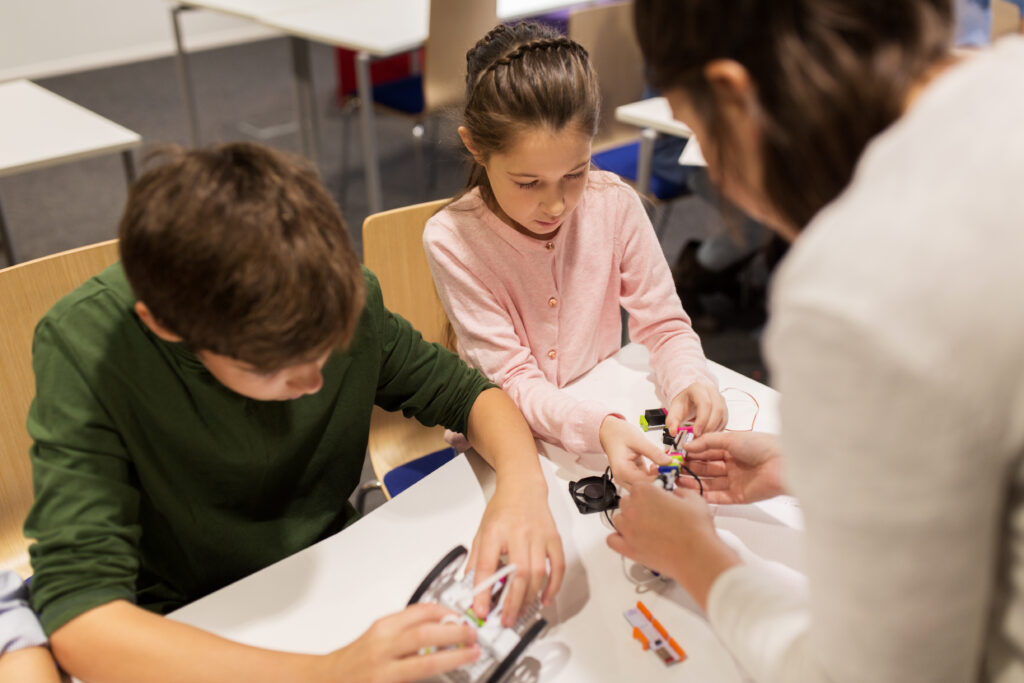
Teach Science with Engineering
Finally, you can use engineering to teach science. This method is similar to Project Based Learning where skills are taught as they are needed. The great thing about this approach is that the skills are immediately used after they are taught. The students also have a built-in purpose for knowing the information which makes them more attentive and interested in the lesson.
We used this method in our fourth-grade classrooms in Virginia where electricity concepts are part of a science unit. They needed to be able to build both parallel and series circuits and understand the differences and uses of each, correctly draw these circuits, and know how to insert switches.
After initial exploration of the two kinds of circuits, students were assigned the task of building a haunted house with lights that would go on and off when the door was opened and shut. They could also insert a buzzer.
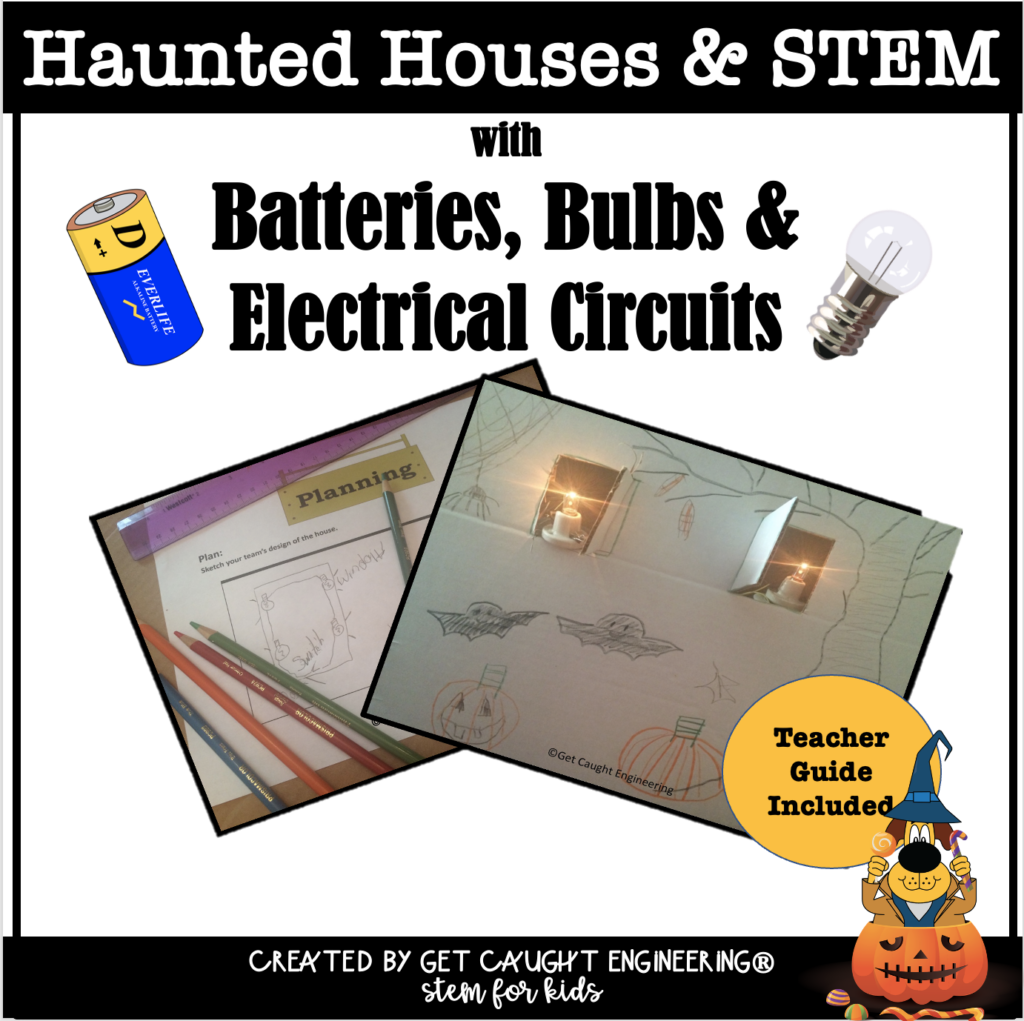
Any skill needed to meet the requirements of the challenge were taught as they encountered it. Their building was iterative. We felt that students were much more attentive since they had an urgent need to learn and understand what was being taught. Assessment of their understanding of the science was through discussion with the students and observation of their plans, builds, improvements and completed house. At the end of the project, we felt that students had a good grasp of the unit and subsequently needed less review and reteaching at the end of the year as we readied for standardized tests. And they loved the project!!!
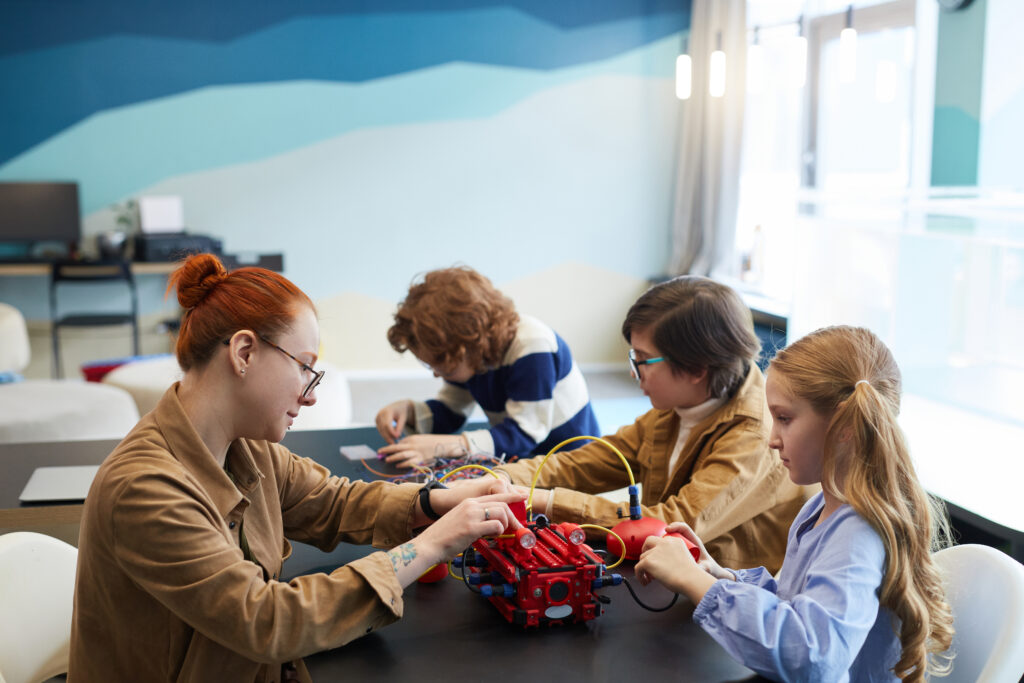
In Conclusion
Deciding to integrate STEM into your classroom is a commitment to rethinking your curriculum and careful planning. Our advice is start small with a few easy challenges and gradually add it into your curriculum.
We hope you Get Caught Engineering®!



